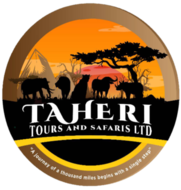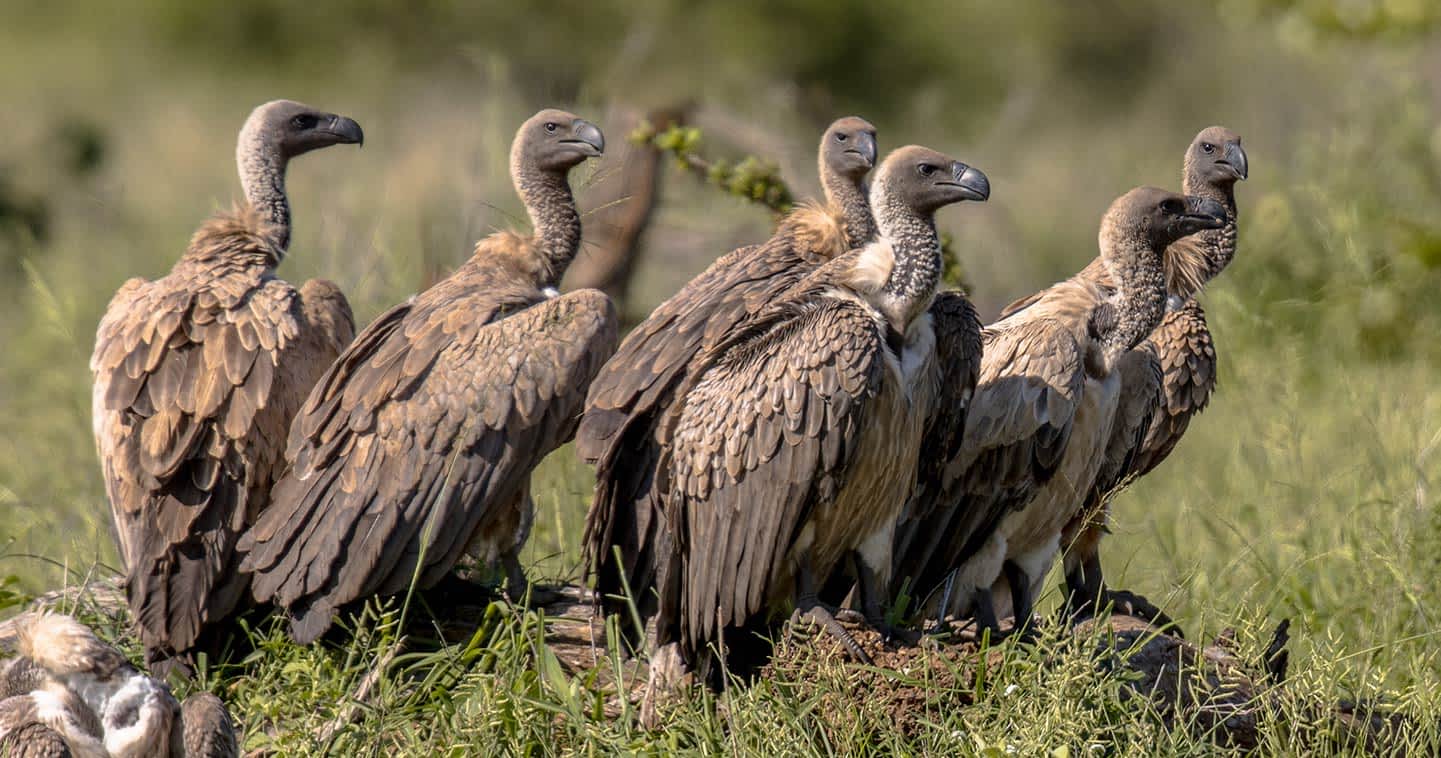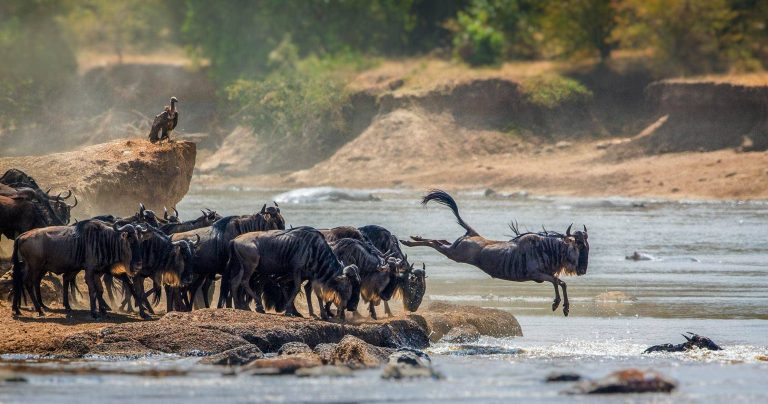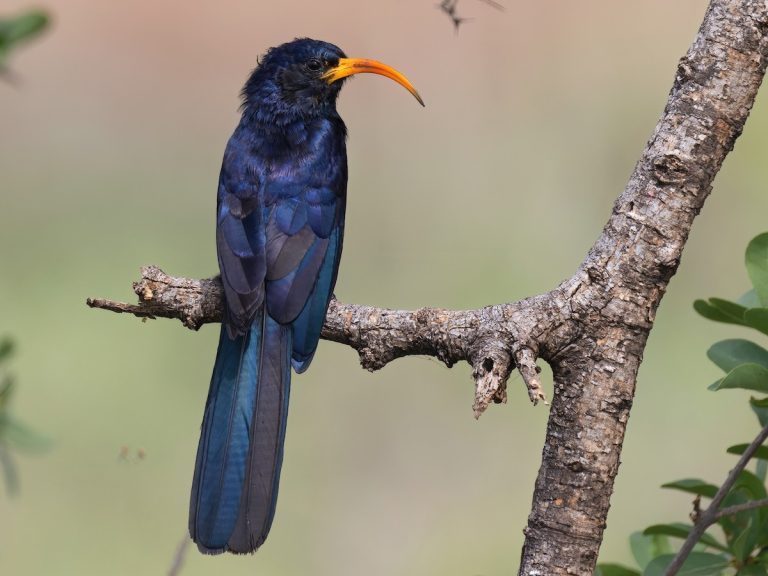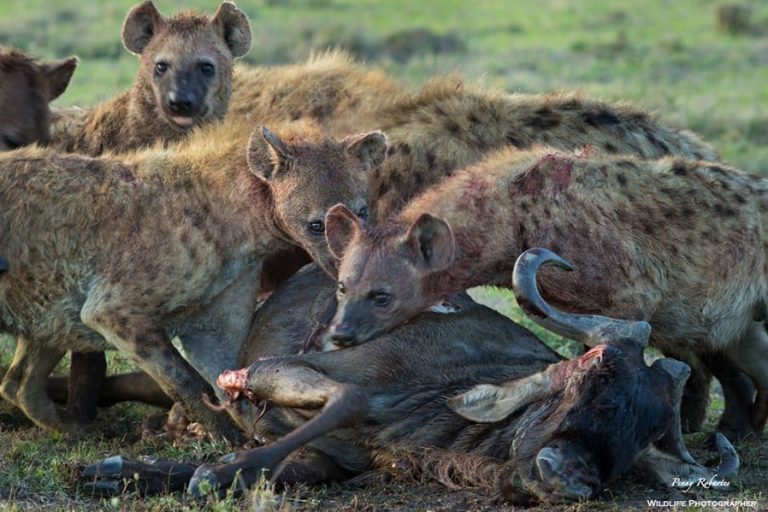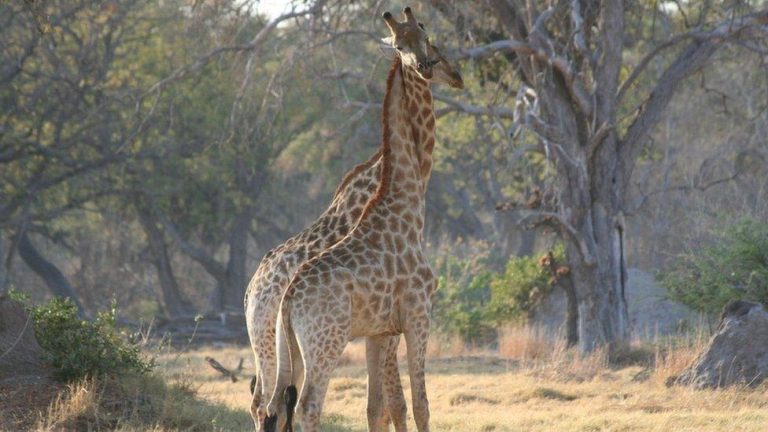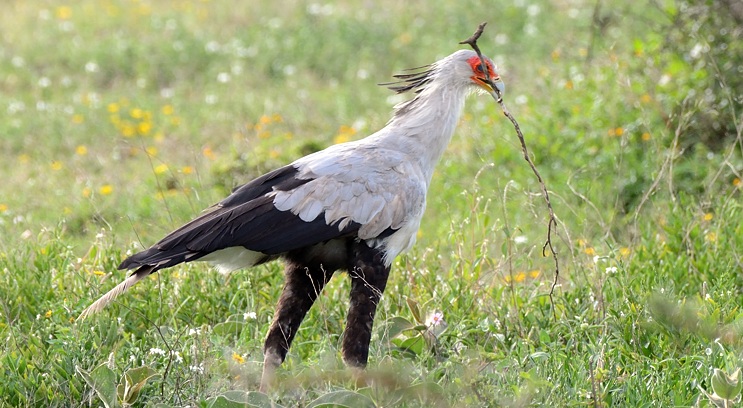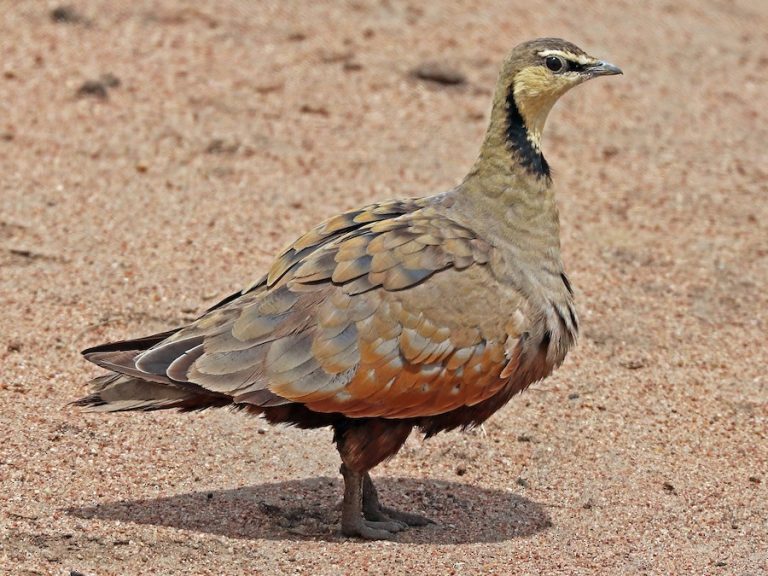The Sky Above the Serengeti: How Birds of Prey Control the Ecosystem
The Serengeti, a vast expanse of rolling grasslands and scattered woodlands, is not just a sanctuary for large terrestrial predators like lions and cheetahs. Above this ancient landscape, another class of hunters reigns supreme—the birds of prey. Eagles, hawks, vultures, and falcons soar over the Serengeti, their keen eyes scanning the ground for the slightest movement. While they are often overshadowed by their land-bound counterparts, these avian predators play a critical role in maintaining balance within the ecosystem.
1. The Rulers of the Sky: Eagles of the Serengeti
Among the most dominant aerial hunters of the Serengeti are the martial eagle, tawny eagle, and African fish eagle. These powerful raptors wield razor-sharp talons and astonishing strength, enabling them to take down prey ranging from small mammals to large birds.
1.1. Martial Eagles: The Silent Assassins
- The martial eagle (Polemaetus bellicosus) is the largest and most formidable eagle in Africa.
- With a wingspan reaching up to 2.6 meters (8.5 feet), it dominates the skies.
- It preys on small antelopes, monitor lizards, and even other birds of prey, controlling populations of smaller predators.
- By keeping numbers of rodents and small carnivores in check, martial eagles help prevent overgrazing and maintain balance in the food chain.
1.2. Tawny Eagles: Opportunistic Scavengers and Hunters
- Tawny eagles (Aquila rapax) are both scavengers and active hunters, filling an important niche between vultures and apex raptors.
- They assist in cleaning up the Serengeti by consuming carrion and small rodents.
- By eliminating weak and diseased animals, tawny eagles help control the spread of disease.
1.3. African Fish Eagles: The Serengeti’s Fishermen
- African fish eagles (Haliaeetus vocifer) are unmistakable with their striking white heads and piercing calls.
- They primarily hunt fish but also steal prey from other birds, a behavior known as kleptoparasitism.
- By regulating fish populations, they contribute to the health of Serengeti’s aquatic ecosystems.
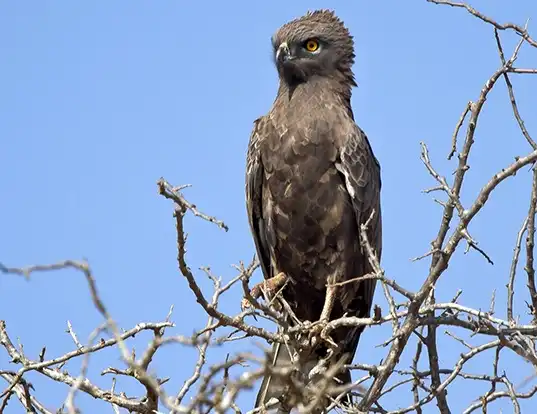
2. The Efficient Hunters: Hawks and Falcons
While eagles dominate the upper ranks of the food chain, hawks and falcons play their own crucial roles in maintaining ecological balance.
2.1. African Harrier-Hawk: The Nest Raider
- This agile raptor has double-jointed legs, allowing it to reach into tree cavities and extract prey like rodents, reptiles, and even baby birds.
- By keeping populations of smaller species in check, harrier-hawks prevent the overpopulation of prey animals that could upset the delicate balance of the ecosystem.
2.2. Pygmy Falcons: Small but Mighty
- Despite being only 20 cm (8 inches) tall, the pygmy falcon (Polihierax semitorquatus) is a formidable hunter of insects and small vertebrates.
- It preys on locusts, helping to prevent devastating swarms that could strip vegetation from the Serengeti.
2.3. Lanner Falcons: The High-Speed Pursuers
- Lanner falcons (Falco biarmicus) specialize in aerial hunting, snatching birds mid-flight.
- By controlling populations of doves and pigeons, they contribute to natural population regulation and prevent overgrazing from seed-eating birds.
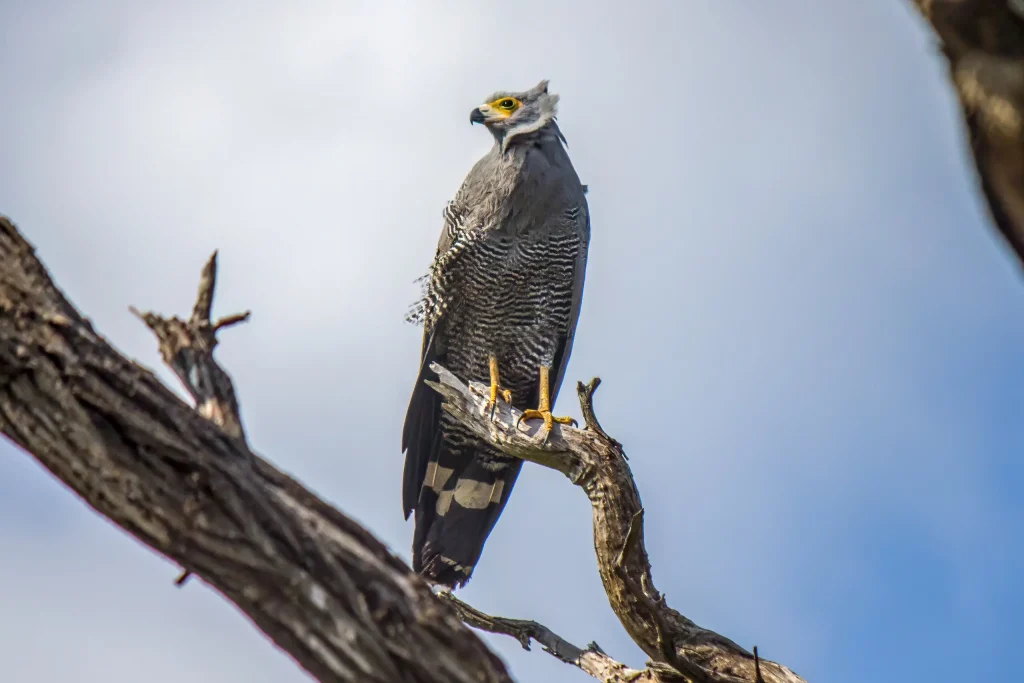
3. Nature’s Cleanup Crew: Vultures
While not traditional hunters, vultures are perhaps the most essential birds of prey when it comes to maintaining ecosystem health in the Serengeti.
3.1. Why Vultures Are Critical
- Vultures prevent the spread of disease by consuming rotting carcasses before bacteria and viruses can multiply.
- A single vulture can consume up to 1 kg (2.2 lbs) of meat in minutes, rapidly cleaning up dead animal remains.
- They reduce populations of bacteria like anthrax and botulism, which thrive in decaying flesh.
3.2. The Different Vultures of the Serengeti
- Rüppell’s Griffon Vulture – The highest-flying bird, soaring up to 37,000 feet.
- White-backed Vulture – The most common scavenger, often seen circling carcasses in large numbers.
- Lappet-faced Vulture – The largest vulture, with a powerful beak capable of tearing through thick hides that other vultures cannot.
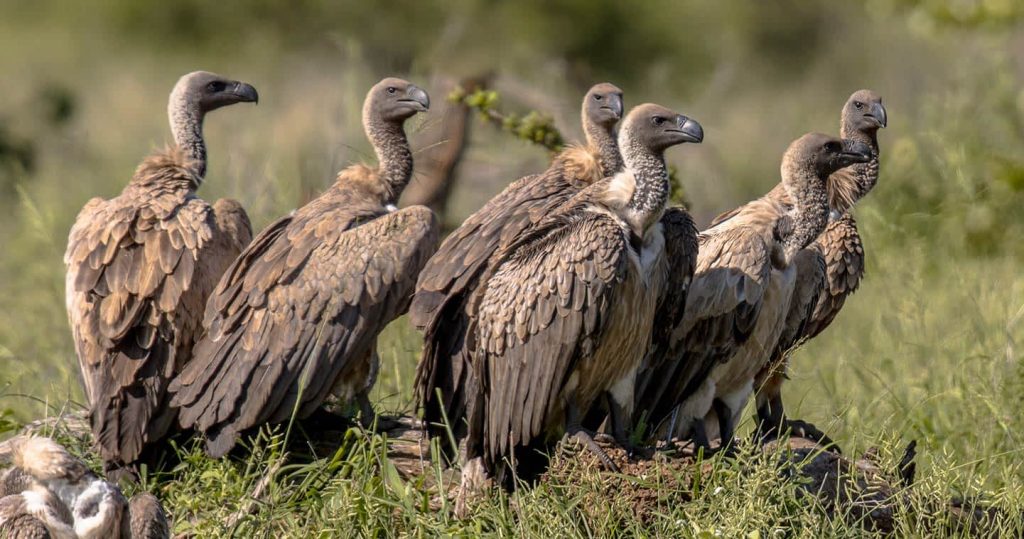
4. How Birds of Prey Shape the Serengeti’s Ecosystem
These aerial predators are not just hunters and scavengers; they serve as keystone species, meaning their presence significantly influences the overall health of the environment.
4.1. Regulating Prey Populations
- Without birds of prey, rodents and small herbivores would reproduce unchecked, leading to habitat degradation.
- By controlling populations of hares, dik-diks, and rodents, raptors prevent overgrazing, ensuring plant regeneration.
4.2. Maintaining a Healthy Gene Pool
- Predatory birds often target the weak, sick, or slow individuals in prey populations.
- This form of natural selection strengthens prey species by allowing only the fittest animals to reproduce.
4.3. Disease Control and Waste Management
- By swiftly disposing of carrion, vultures prevent the spread of infectious diseases, which could otherwise wipe out large animal populations.
- Raptors like hawks and falcons also keep insect-borne diseases in check by preying on large numbers of insects.
5. The Threats Facing Serengeti’s Birds of Prey
Despite their critical role in the ecosystem, many birds of prey in the Serengeti are facing threats that could disrupt the natural balance.
5.1. Poisoning and Poaching
- Farmers sometimes use poisoned carcasses to kill predators like lions, but these also kill vultures and eagles that scavenge the remains.
- Some birds of prey, like martial eagles, are hunted due to false beliefs that they threaten livestock.
5.2. Habitat Destruction
- Expanding human settlements and deforestation have reduced nesting sites for large raptors.
- Disruptions in migratory paths caused by habitat destruction could endanger entire populations.
5.3. Climate Change
- Rising temperatures affect prey availability and disrupt migration patterns of both predator and prey species.
- Water scarcity can impact fish-eating raptors like African fish eagles, reducing their food sources.
Final Thoughts: Guardians of the Sky
The birds of prey of the Serengeti are far more than just aerial hunters; they are ecosystem engineers, disease regulators, and population balancers. Whether it’s the martial eagle maintaining predator-prey balance, the falcon preventing locust plagues, or the vulture eliminating disease threats, these birds are essential for the survival of the entire Serengeti.
For travelers visiting the Serengeti, looking up can be just as rewarding as looking across the plains. The next time you see a hawk diving for prey or a vulture soaring overhead, remember—they are silent guardians of this great wilderness, ensuring its delicate balance remains intact for generations to come.
